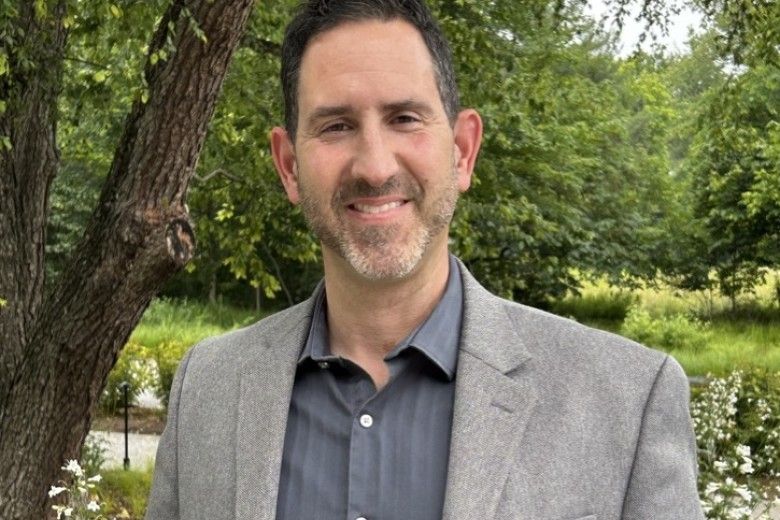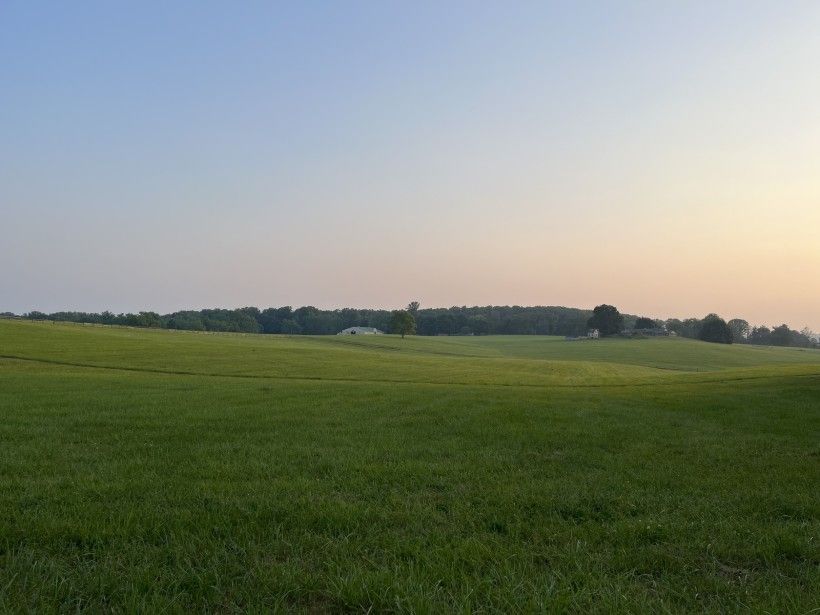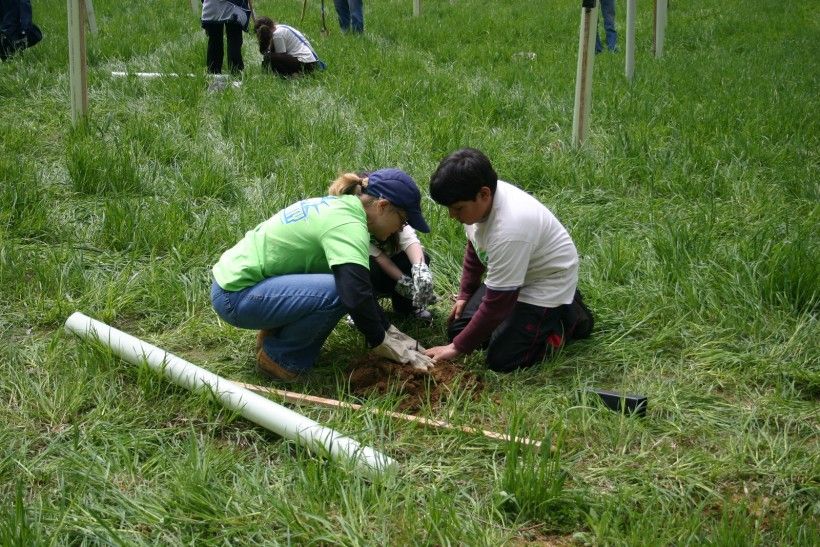Q&A with Matt Edmond, Chester County Planning Commission’s New Executive Director

The Chester County Planning Commission has long been a valued partner of the Brandywine Conservancy and a dedicated advocate for land conservation, outdoor recreation, trails, and community planning initiatives. We recently had the chance to sit down with their new Executive Director, Matt Edmond, who previously spent 20 years working at the Montgomery County Planning Commission. Read on to learn what inspired Edmond to pursue a career in local planning, his goals for the future of the county, and ways everyday citizens can get involved.
With several months completed, what are you most excited about in your new position as the Executive Director of Chester County Planning Commission?
I’m most excited about having strong leadership in the county administration. Right from the start, it’s been clear that our County Commissioners and our new county leadership, headed by CEO David Byerman, want to solve problems and innovate. How we get there is always the challenge, but it starts with the right values from the top. I’m also excited about our team of talented and proven planners at the CCPC—a unique group of veterans with a tremendous passion for this county—and the many partner agencies we have throughout Chester County to work with. Having strong leadership and civic involvement from top to bottom is critical to effective planning.
For those who may not know, could you share a bit more about the Chester County Planning Commission and the role it plays within the County?

The Planning Commission is a department of the county government, but we also have a 9-member Planning Commission board who are appointed by the commissioners and represent a built-in mechanism for public input into our work.
The centerpiece of what we do is prepare our county comprehensive plan, currently Landscapes 3. We do this once every decade (in accordance with state law), and then we spend our time afterward finding creative ways to implement it. Sometimes the county government does the implementation directly with our own efforts and budgets, like with the Preservation Partnership Program or the Vision Partnership Program. But most times it is done by our staff working with partners such as Brandywine Conservancy. We are a resource for our municipalities on good planning, and a conduit between the county government and our state and regional partners like DVRPC, PA DCNR, and PennDOT. If your community or organization is involved in land use, housing, transportation, or sustainability, you will interact at some point with the Chester County Planning Commission.
Based on your experience in Montgomery County, what insights or skills do you plan to bring to your new role in Chester County?
In terms of insights, I learned early on in my career how critically important it is for a municipality or a place to be proactive in solving its challenges by using the governmental tools the Commonwealth gives them and finding the funding. The places that don’t do that—who don’t do comprehensive planning and then follow it up with effective implementation—fall behind. I call it “controlling your destiny,” and I’d like our team to spread that message to our 73 municipalities. Also, I am a big proponent of collaboration across people and organizations, because you get more done together than you do separately, and that is a skill that I intend to personally bring to our work.
As the Planning Commission looks ahead, what priorities will guide the County’s update to Landscapes3, and how can Chester County’s strengths be leveraged while addressing the key challenges that may impact its future as a great place to live, work, and play?
When the time comes to update Landscapes3, we want the process to emphasize identifying emerging trends, challenging our assumptions, asking tough questions, and evaluating the trade-offs of our vision. The Landscapes brand has focused on the issues of smart growth for nearly 30 years, and if at the end of the process the consensus is to continue in that direction, then let’s do it. But the journey is just as important as the outcome. A lot has changed in a short period of time—we are in a post-COVID world where remote work, technological automation, and high costs of living are impacting Chester County in ways that didn’t exist a decade ago. And urbanization into Chester County is now happening from every geographic direction, not just Philadelphia. Our next comprehensive plan should spend a lot of time thinking about how these challenges are impacting our communities and discussing how we meet them head-on.
What are some of the roles and opportunities regular citizens can play in shaping future local and county planning?

I’m a big supporter of citizens getting involved and volunteering for their municipality’s planning commission, shade tree commission, historical commission, or a host of grass-roots groups. We need more citizen engagement, not less—and we need thoughtful, wise people willing to push against "hot takes" to lead our communities on planning and development issues with a thoughtful approach.
What experiences inspired you to pursue a career in planning?
I grew up in Northeast Philadelphia, and then later moved to Bucks County. I watched a working-class neighborhood struggle to avoid decline, while also seeing a small community develop into a large suburb. And it all had a profound emotional impact on me because I care about our places as much as I care about people. When I learned that city planning was an actual career, I went all in. Revitalizing struggling places and keeping our communities strong has always been my passion. I just didn’t know it until I went pro.
In what ways can the Brandywine Conservancy assist in realizing some of the County’s planning goals, both now and into the future?
The Conservancy is one of Chester County’s most trusted institutions. The best thing it can continue to do (as an organization and as individual members) is use that respect to advocate for wise, common-sense decision-making at the community level on all aspects of planning. Whether it’s land conservation, quality development, historic preservation, resiliency, or balanced transportation, we need more trusted voices in the world advocating with us for the visionary decisions that will shape our communities in a positive way for generations.